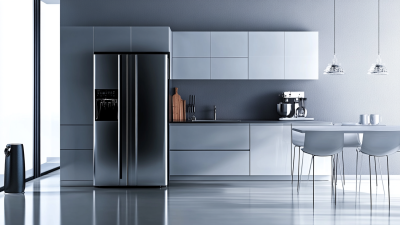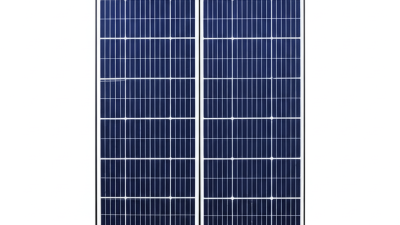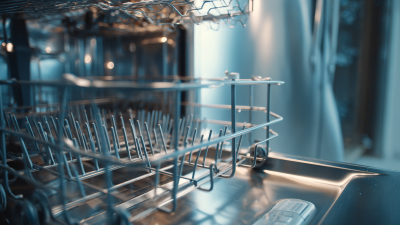
When it comes to selecting the ideal material for your microwave oven, choosing the right tempered glass for microwave oven is crucial for both performance and safety. Tempered glass is designed to withstand high temperatures and thermal shock, making it a popular choice for microwave applications. However, with various options available in the market, it can be overwhelming to determine which type best suits your specific needs. This guide aims to simplify the selection process by outlining key factors to consider, including size, thickness, resistance to heat, and overall quality. By the end of this article, you will feel empowered to make an informed decision, ensuring that your microwave operates efficiently and safely, enhancing your cooking experience.
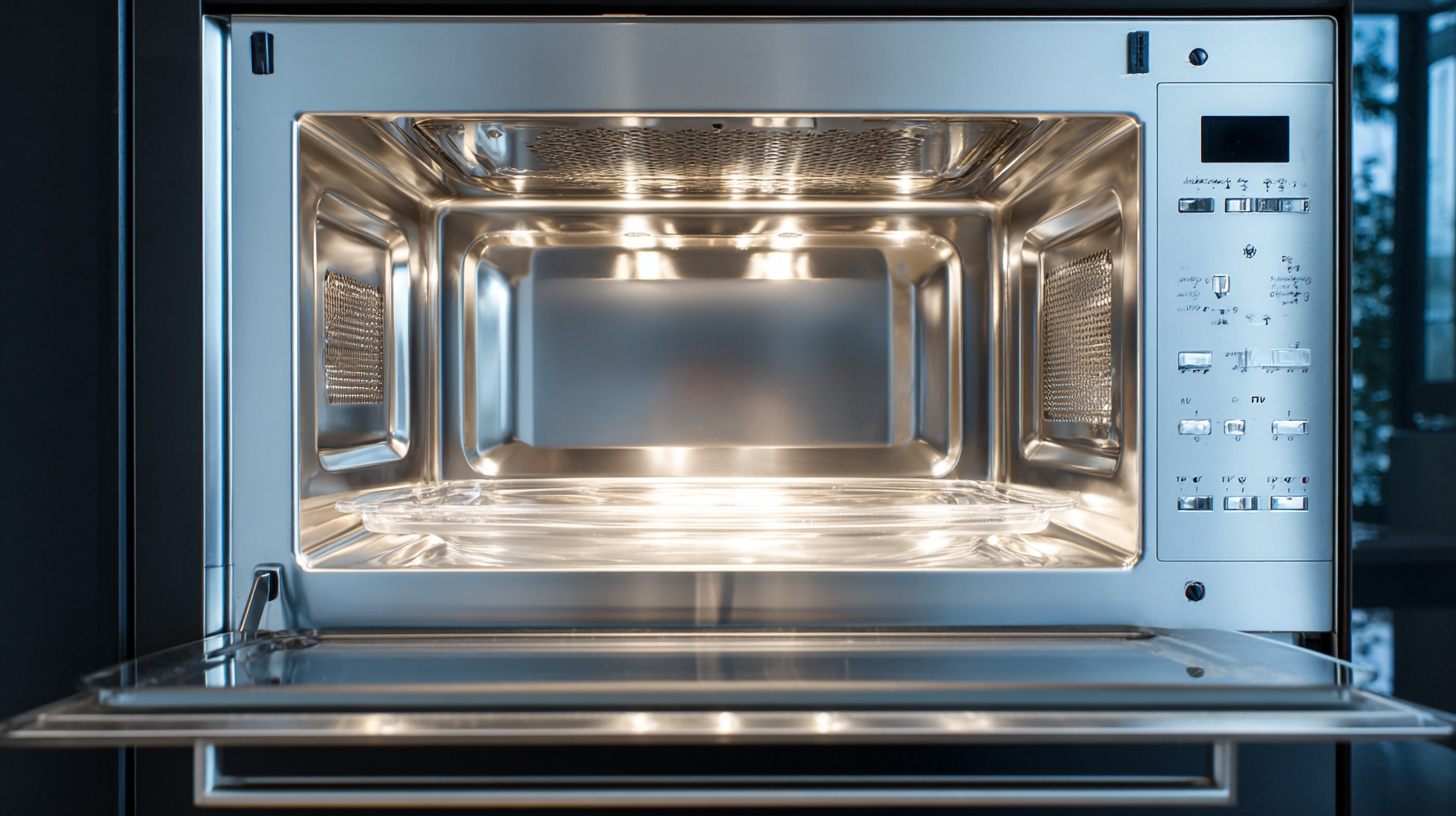
When choosing tempered glass for your microwave oven, it's essential to understand the different types available. Tempered glass is specifically designed to withstand the high temperatures generated during microwave cooking. The most common types include borosilicate glass, soda-lime glass, and ceramic glass.
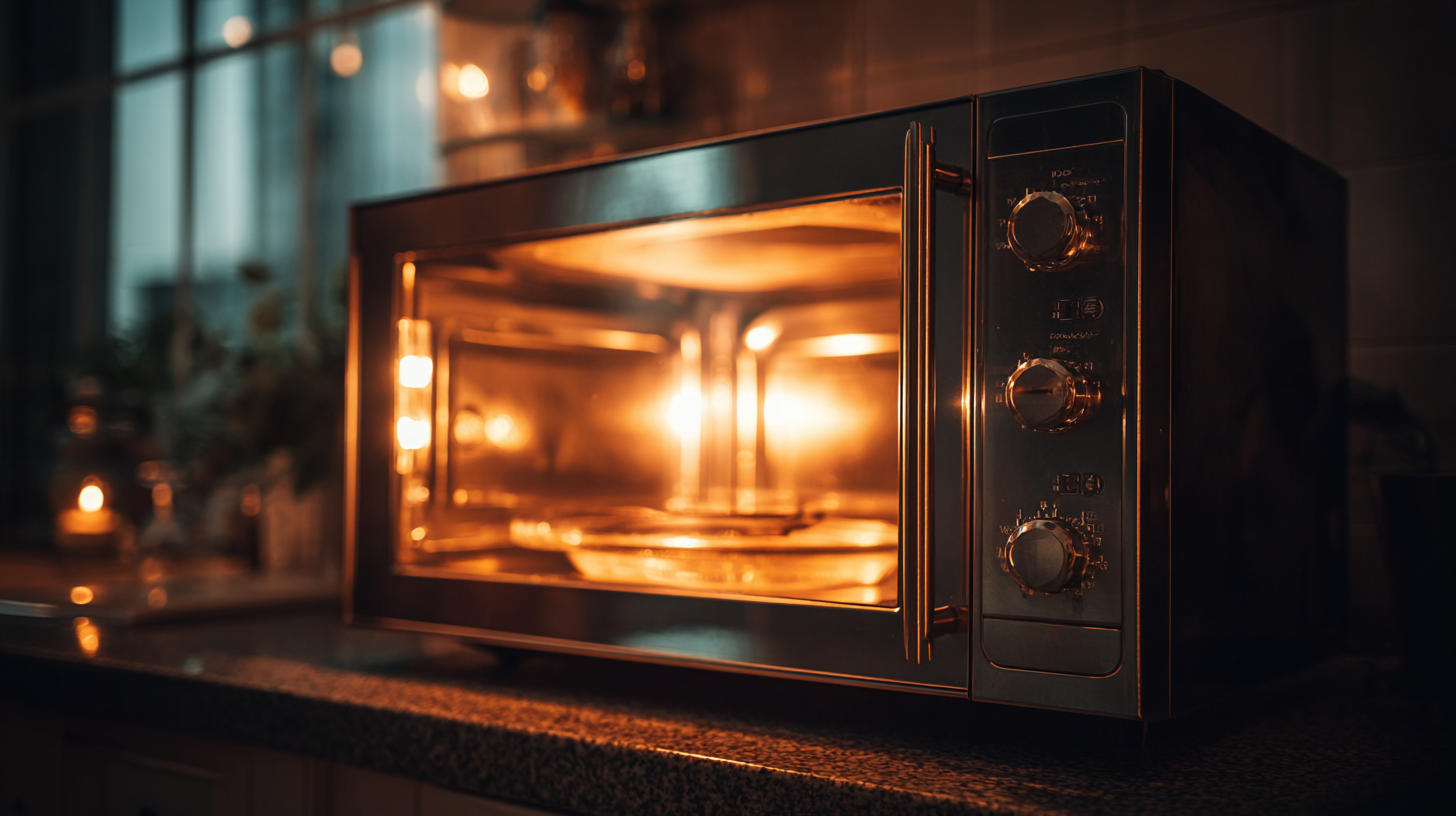 Borosilicate glass is known for its excellent thermal resistance and low thermal expansion, making it a popular choice for microwave-safe dishes. It can handle sudden temperature changes, reducing the risk of breakage.
Borosilicate glass is known for its excellent thermal resistance and low thermal expansion, making it a popular choice for microwave-safe dishes. It can handle sudden temperature changes, reducing the risk of breakage.
On the other hand, soda-lime glass, while widely used for various kitchenware, is less capable of withstanding extreme heat fluctuations. It is less expensive but may not perform as well in a microwave setting. Lastly, ceramic glass offers a balance of style and durability; it not only retains heat effectively but also provides aesthetic appeal. Understanding these different types is crucial in ensuring you select the right tempered glass for your microwave oven, allowing you to cook safely and efficiently without the fear of breakage or damage.
When selecting the appropriate tempered glass for your microwave oven, several key factors must be considered to ensure safety, durability, and functionality. The strength and thermal resistance of the glass are paramount, as they need to withstand high temperatures and significant temperature changes without breaking. According to industry reports, tempered glass can be up to five times stronger than standard glass, making it an ideal choice for kitchen appliances where heat is a concern.
Additionally, the thickness of the tempered glass plays a crucial role. Typical thicknesses range from 4mm to 10mm, with thicker options providing enhanced durability. It’s essential to choose the right thickness based on the microwave’s design and the load it will carry, particularly for built-in units that may require a more robust material.
Tips: Always check the manufacturer's specifications to ensure compatibility with your microwave model. Regularly inspect the glass for any signs of wear or damage, as even small imperfections can lead to failure under stress. Furthermore, consider selecting glass that has a smooth surface, which not only enhances aesthetics but also makes cleaning easier.
| Factor | Description | Importance Level |
|---|---|---|
| Thickness | The thickness of the tempered glass impacts its strength and thermal resistance. | High |
| Heat Resistance | Ensures the glass can withstand high temperatures without breaking. | High |
| Size and Shape | Must fit the microwave oven's requirements to ensure safety and efficiency. | Medium |
| Coating | A special coating can enhance durability and reduce glare. | Medium |
| Safety Standards | Ensure the glass meets industry safety standards for microwave use. | High |
| Aesthetic Design | Consideration of appearance to match kitchen decor. | Low |
When selecting tempered glass for your microwave oven, one of the most critical factors to consider is the size and fit requirements. The glass should closely match the dimensions of the existing microwave cavity to ensure it fits securely and operates efficiently. To achieve the best results, measure the interior dimensions of the microwave where the glass will sit, including the diameter of the turntable, if applicable. Taking these measurements will help you avoid any potential issues with installation and functionality.
Additionally, it is crucial to consider the thickness of the tempered glass. Thicker glass tends to withstand higher temperatures and stresses, providing better safety and durability. However, make sure that the thickness aligns with the model specifications of your microwave, as overly thick glass may hinder proper airflow or turning motion. Also, keep in mind that different microwave models may have varying glass requirements, so always refer to the manufacturer’s guidelines before making a purchase. These considerations will ensure that the tempered glass you choose enhances your microwave's performance and longevity.
This chart illustrates the number of tempered glass options available for various microwave sizes, helping to evaluate the diversity of choices when selecting the right tempered glass for your microwave oven.
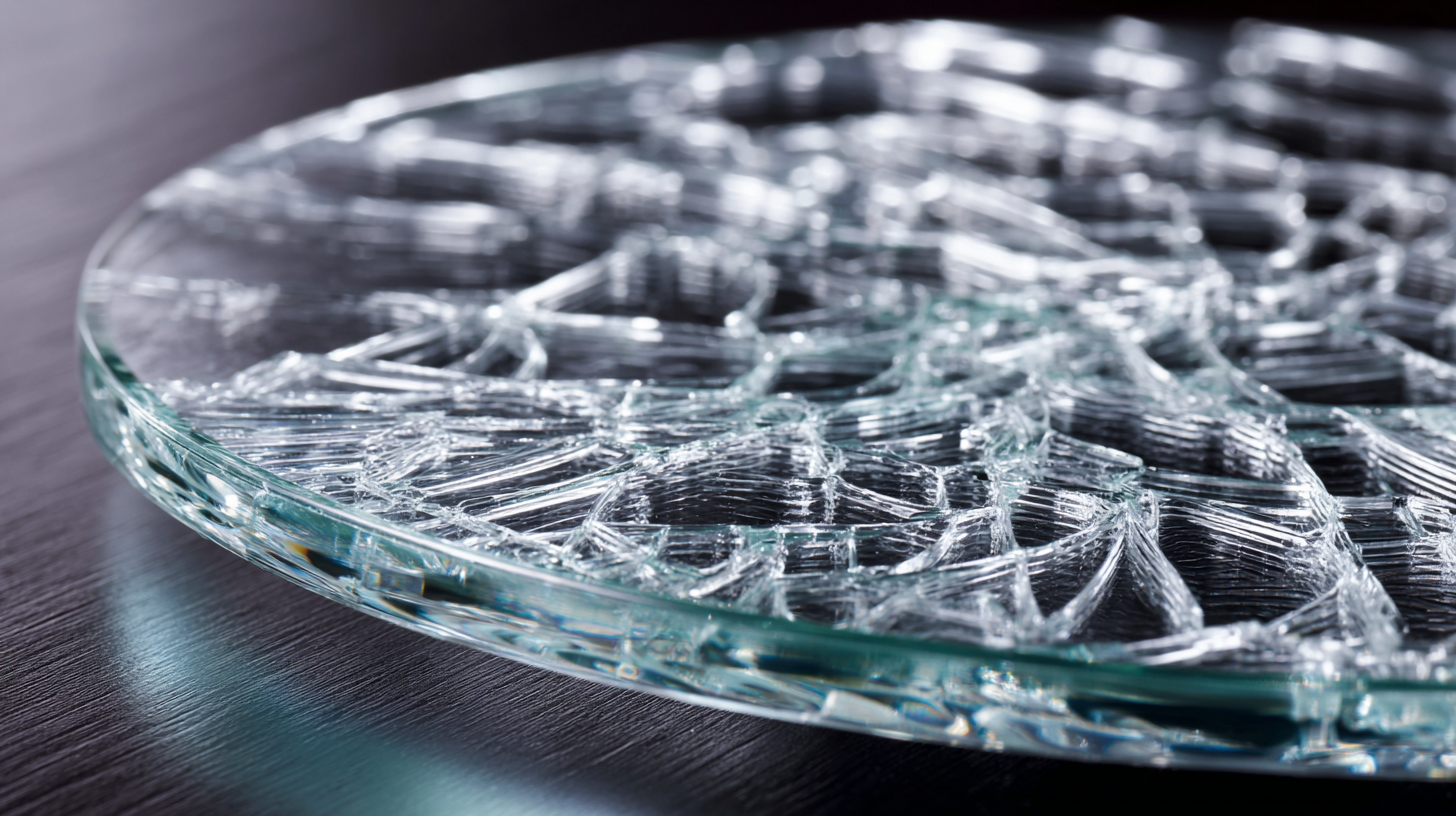 When selecting tempered glass for a microwave oven, assessing its heat resistance and durability is paramount. Tempered glass is designed to withstand higher temperatures and thermal shock compared to regular glass, making it an ideal choice for microwave applications. The ability of tempered glass to endure rapid temperature changes without breaking is crucial, especially when heating food items that may release steam or require intense heat. Look for glass rated for high temperatures, typically around 200°C (392°F) or more, to ensure safe use in your microwave.
When selecting tempered glass for a microwave oven, assessing its heat resistance and durability is paramount. Tempered glass is designed to withstand higher temperatures and thermal shock compared to regular glass, making it an ideal choice for microwave applications. The ability of tempered glass to endure rapid temperature changes without breaking is crucial, especially when heating food items that may release steam or require intense heat. Look for glass rated for high temperatures, typically around 200°C (392°F) or more, to ensure safe use in your microwave.
Durability is another key factor to consider. Tempered glass undergoes a heating and cooling process that strengthens its structure, making it less likely to shatter under pressure. When choosing tempered glass, examine its thickness and overall build quality; thicker glass generally provides greater resistance to impacts and stresses. Additionally, ensure that any glass component fits securely within the microwave, as a poor fit can lead to chipping or cracking when exposed to heat. By carefully evaluating these properties, you can ensure the selected tempered glass is not only safe but also long-lasting.
When selecting tempered glass for your microwave oven, balancing quality and cost is essential. A recent industry report by the Glass Association indicates that high-quality tempered glass can vary significantly in price, with costs ranging from $10 to $50 per sheet, depending on thickness and manufacturer. Understanding what you’re paying for can help you make an informed decision without overspending.
Tip: Always check the manufacturer’s specifications for durability and heat resistance. Quality tempered glass should withstand high temperatures and pressure changes typical in microwave usage. Look for brands that provide warranties or certifications, as studies show that products backed by reputable companies tend to have lower failure rates.
Furthermore, shopping around can also yield savings. Online retailers may offer competitive pricing compared to brick-and-mortar stores, sometimes saving you up to 20%. Utilize comparison tools and customer reviews to ensure that you’re finding the best quality tempered glass within your budget. Remember that investing a little more upfront can often lead to better performance and longevity, saving you money on replacements in the long run.
